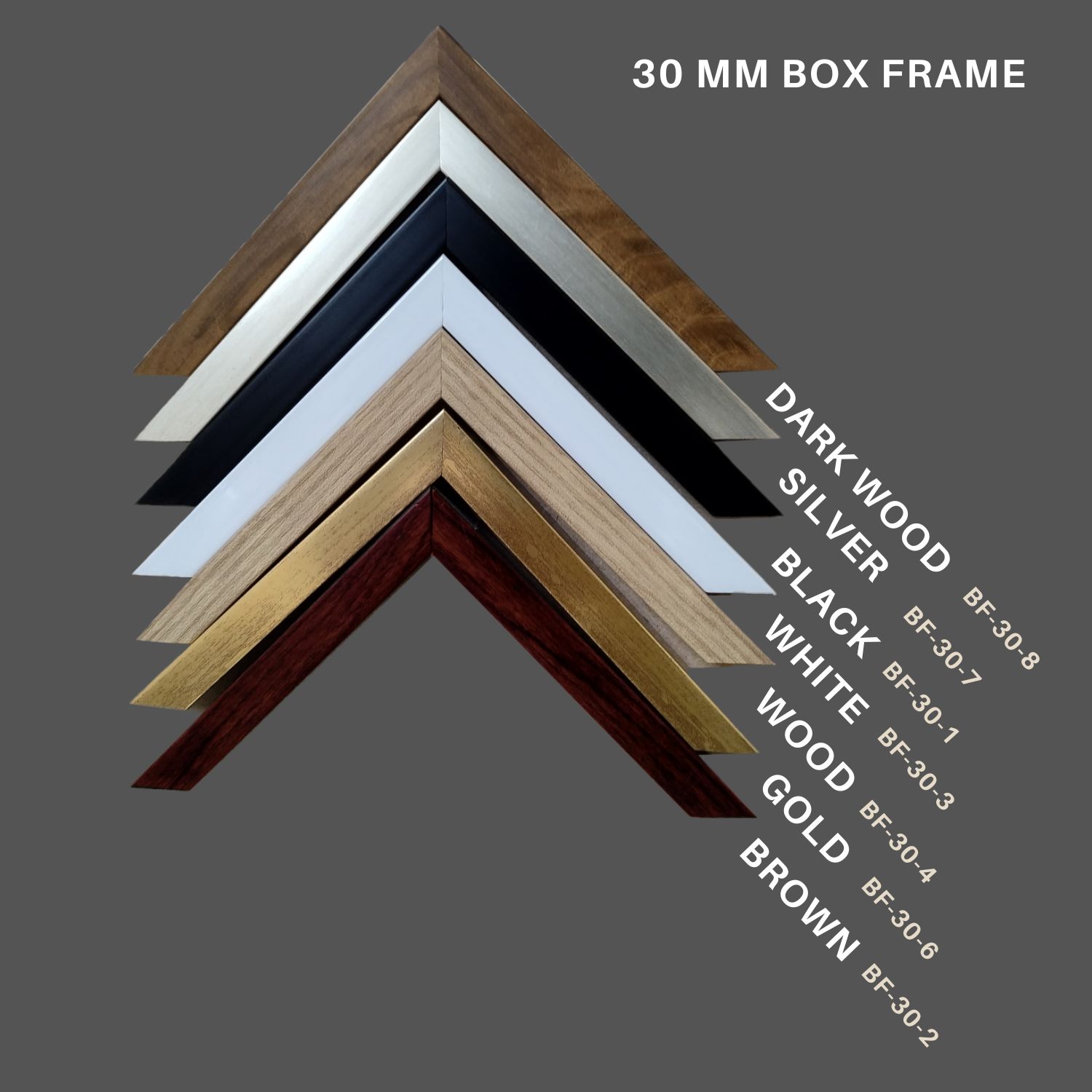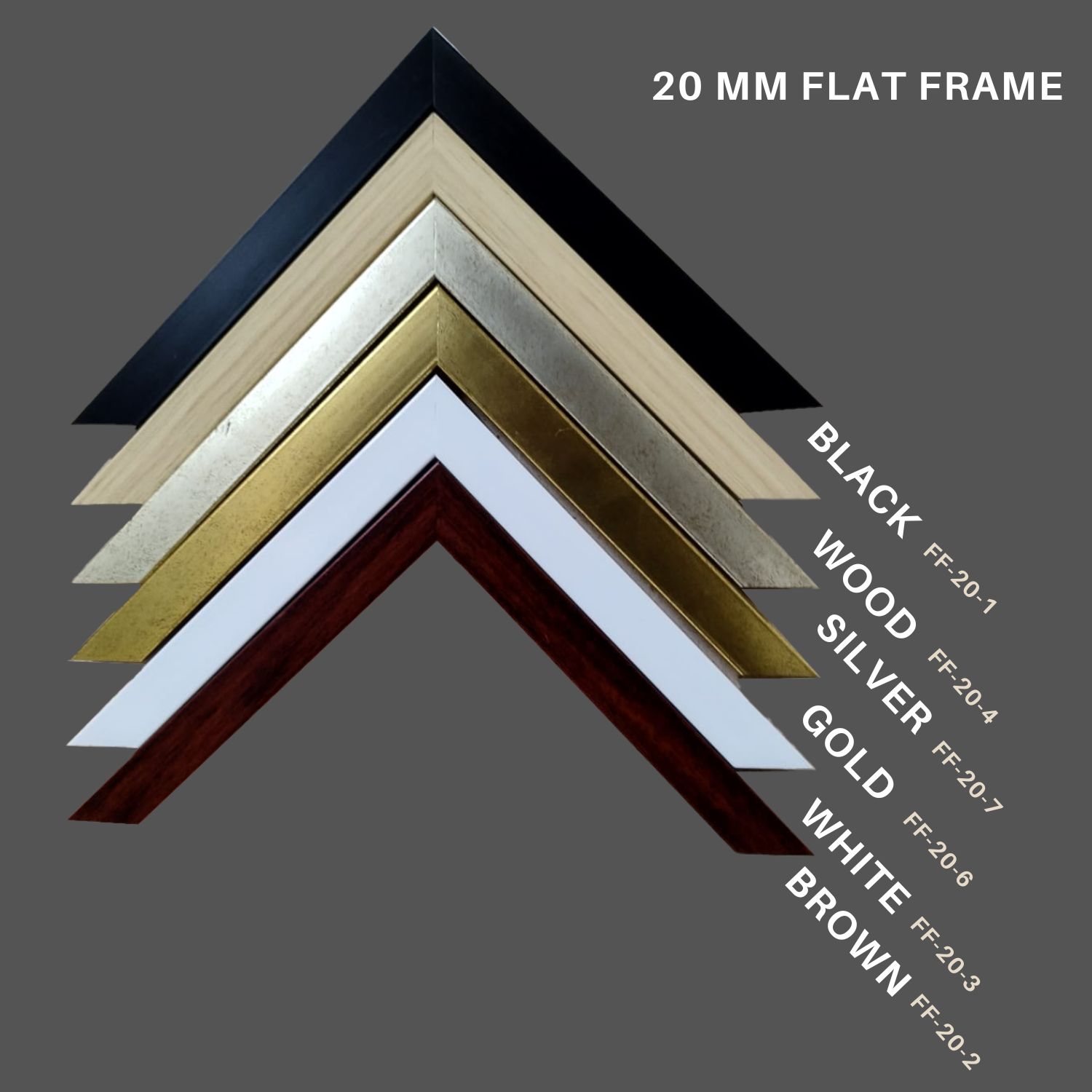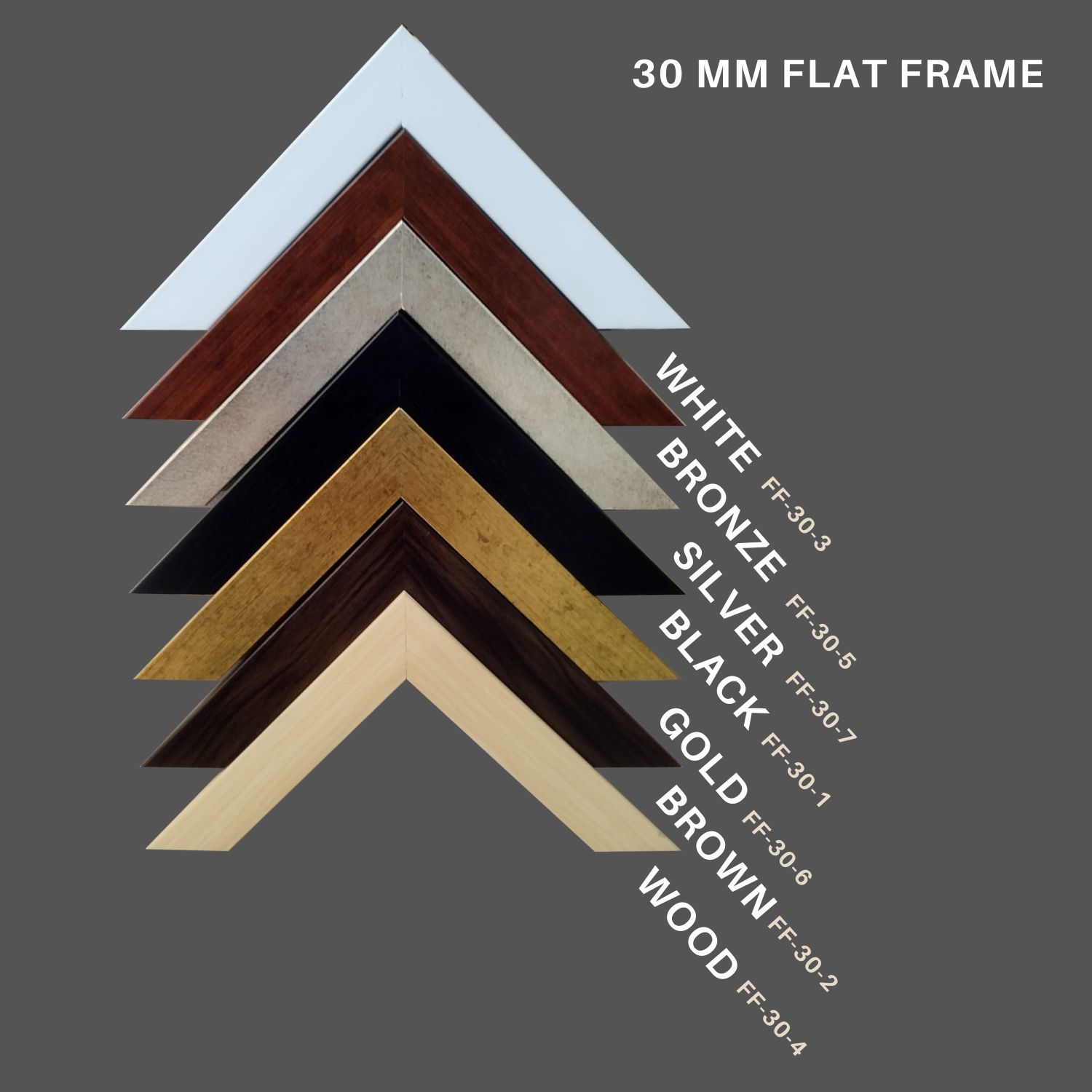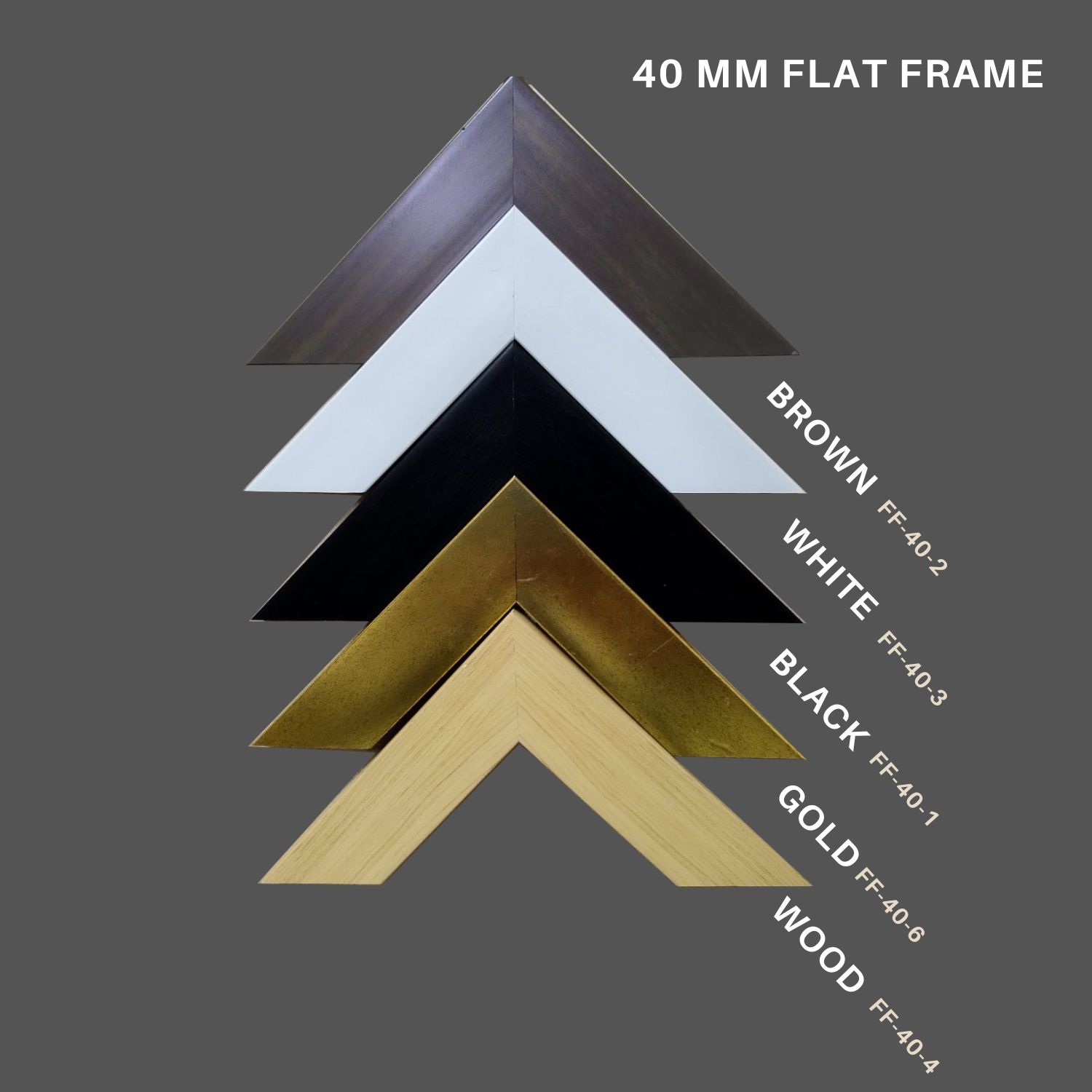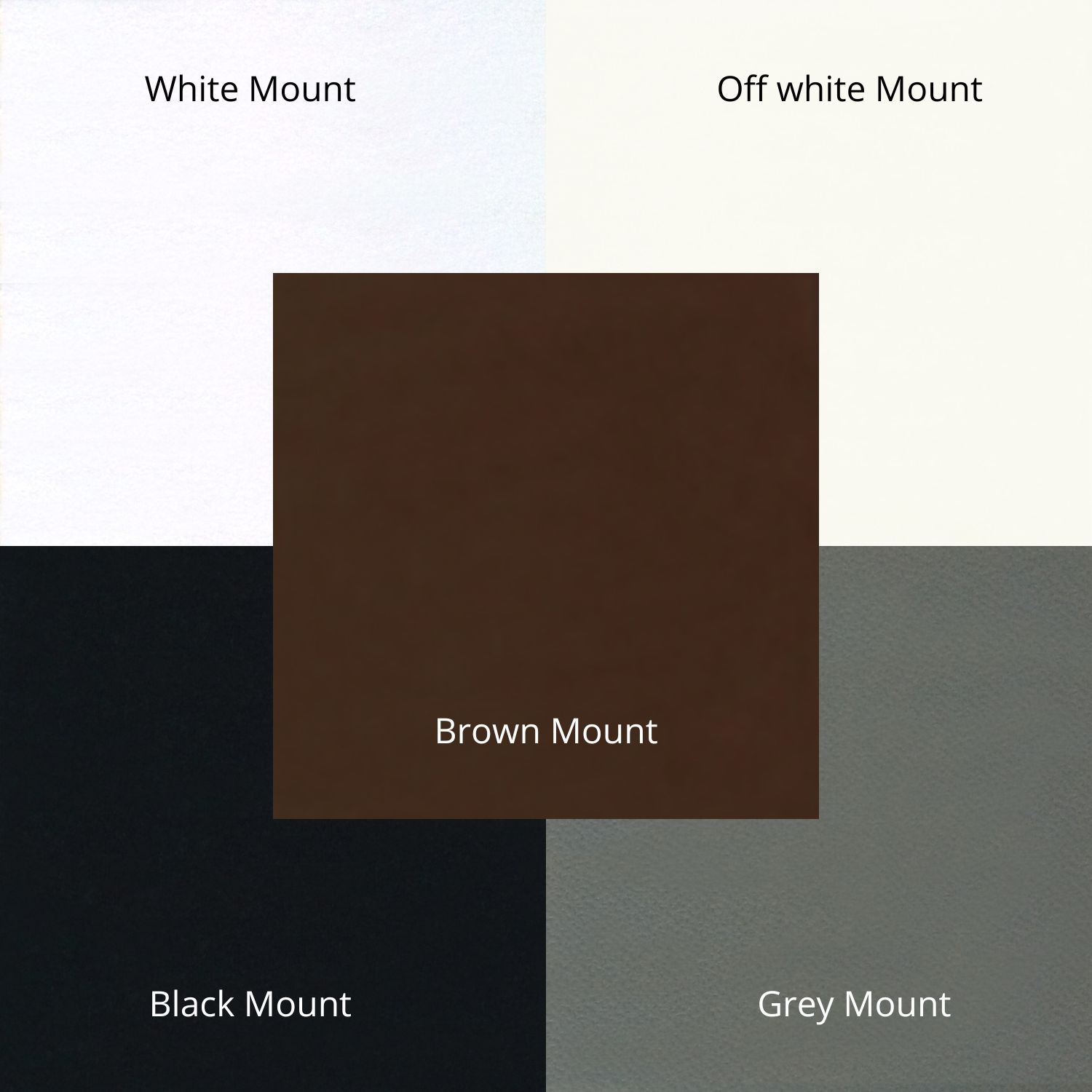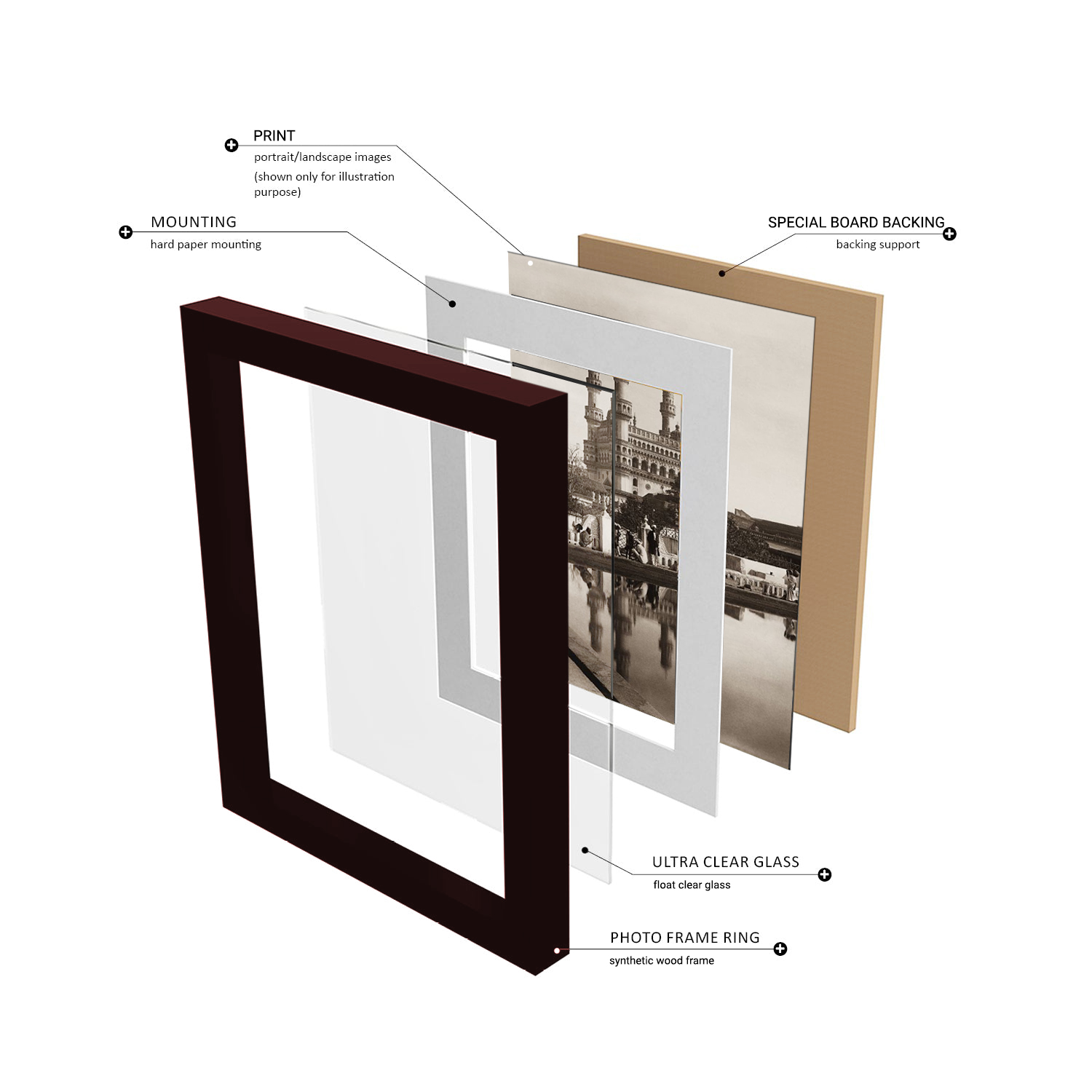DESCRIPTION
'The Wandering Shades II' (2003) gathers together several threads in Sabavala's art: it fuses the wandering pilgrims of his 1970s paintings, envoys of lost tribes and nomadic populations, with the intimate yet operatic visitants that entered his frames during the 1980s.
They gesture and sing silently to the moon; they speak of stars that have died but continue to transmit their light across the vast distances of space; they bear augury and disquiet yet also the promise of repose. The form and stance of these "extra-terrestrials", as the artist calls them - visitors from other worlds, who arrive in radiance and mystery owes much to Botticelli, but a little, also, to Chirico's masked or faceless protagonists in their blank piazzas, and to the Bengal School?s evocations of the Bodhisattvas of Ajanta.
Artist Name
Jehangir Sabavala
Width
406 mm - 16 inches
Width Range
Less than 610 mm - 24 inches
Height
610 mm - 24 inches
Medium
Serigraph
About the Artist
Jehangir Ardeshir Sabavala (1922 - 2011) was born to an affluent Parsi family in Bombay (now Mumbai). His mother belonged to the aristocratic Cowasjee Jehangir family. He earned a diploma from Mumbai's Sir J. J. School of Art in 1944.
Thereafter he went to Europe and studied at the Heatherley School of Fine Art, London, Academie Andre Lhote, Paris Academie Julian (1953?54), and finally at the Academie de la Grande Chaumiere in 1957.
Since 1951, he has held 31 major solo exhibitions across the subcontinent, and in Europe. He has participated in more than 150 group exhibitions all over the world. His work is in several important private and public collections, such as the National Gallery of Modern Art, New Delhi, Birla Academy of Fine Arts, Calcutta, Parliament House, New Delhi, The Punjab Government Museum, Chandigarh, Air India Mumbai, Tata Institute of Fundamental Research, Mumbai, The National gallery of South Australia, Adelaide.
About the Art form
A Serigraph is a rendition of an original artwork created by the silk-screen printing process. In the past, the silk-screen printing process used a stencil to create the print of an image or a design. Stencils were used for centuries in the Orient to make fine art prints as well as craft items, fabrics, robes, scriptures and various decorative goods. In Europe, the stencilling technique was adopted by craftsmen for mostly utilitarian purposes. Stencils were also used to add colour to playing cards and religious pictures printed with wood blocks. By 17th century, the technique was being used to print ornate wallpapers. And by late 18th century, stencil printing had made its way to the New World but it was not until the early 20th century that screen printing was started to be used as an artistic medium. The creation of a serigraph is a very labour-intensive hands-on artistic procedure that requires many weeks to be completed. Before the printing process is started, the artist who created the original image is consulted. Sometimes the artists like to make changes when printing the edition - treating the print as an original rather than a reproduction of an already existing image. At times, even a few changes in the image or the emphasizing of certain colours or design elements can create a dynamic new image.
Framing
With Framing
Year
2007

